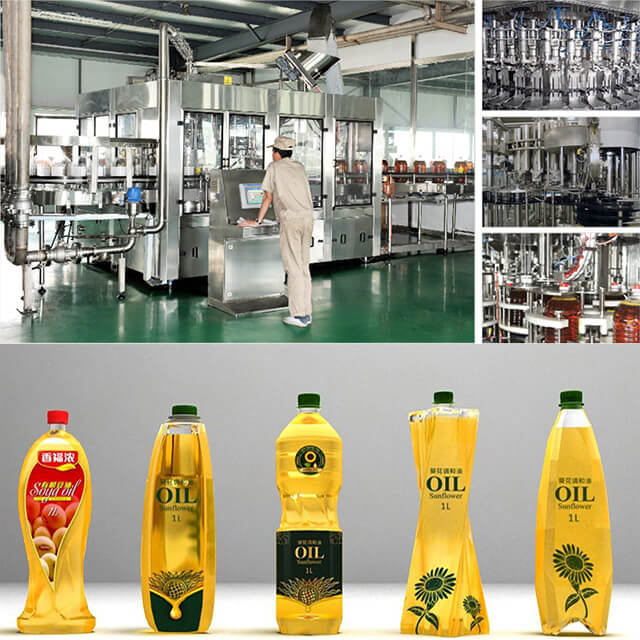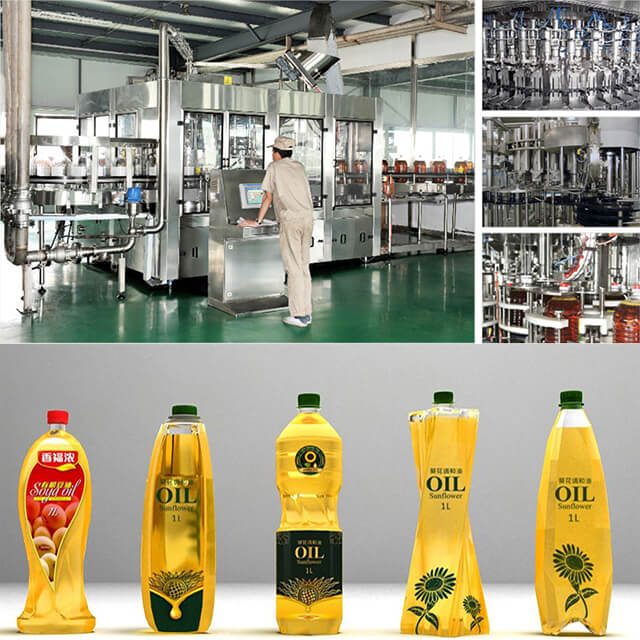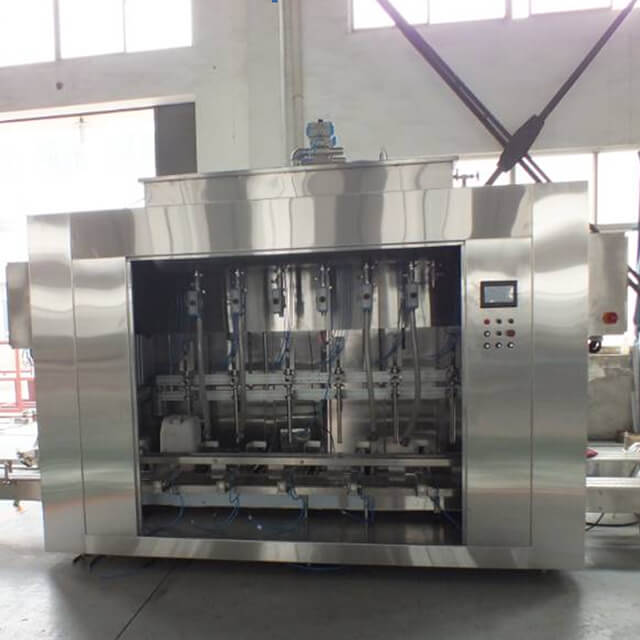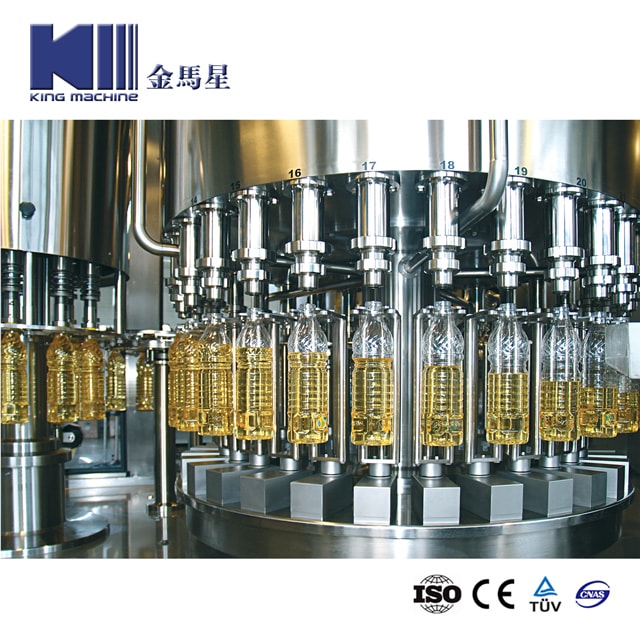In the oil production industry—whether it’s edible oil, lubricating oil, or cosmetic essential oils—accuracy in filling is not just about efficiency; it’s about maintaining product quality, meeting regulations, and optimizing profitability. A small error in weight can translate into significant product loss or compliance issues over time.
Weighing filling machines have become the preferred choice for oil producers thanks to their precise load cell technology, automated control systems, and ability to handle a wide range of viscosities. However, to get the most out of these machines, regular calibration and proper maintenance are essential. In this guide, we’ll cover step-by-step calibration procedures, best maintenance practices, and tips to ensure your weighing filling machine always delivers accurate oil filling.

Understanding Calibration and Its Importance
What is Calibration?
Calibration is the process of adjusting a weighing filling machine so that its measurements accurately match a known standard or reference weight.
Why Calibration Matters for Oil Filling
Accuracy – Ensures each bottle or container has the correct amount of oil.
Cost Control – Prevents overfilling, which leads to product giveaway, and underfilling, which can cause customer complaints or legal penalties.
Regulatory Compliance – Many markets have strict tolerances for packaged products; improper calibration can lead to non-compliance.
Tools and Preparations for Calibration
Before beginning calibration, gather:
Certified Calibration Weights (traceable to national standards).
User Manual for your machine’s specific calibration procedures.
Clean Containers to avoid contamination during the process.
Protective Gloves and Cleaning Cloths to ensure oil residue doesn’t affect weight readings.
Preparation Steps:
1. Clean the Machine – Remove any oil drips, dust, or debris from the weighing platform.
2. Check Leveling – Make sure the machine is placed on a flat, stable surface to prevent skewed readings.
3. Warm-Up Time – Allow electronics to stabilize for at least 15–30 minutes before calibration.
Step-by-Step Calibration Process
While different models have slightly different procedures, most weighing oil filling machines follow a similar calibration process:
1. Enter Calibration Mode
Use the machine’s control panel or PLC interface.
Enter the password or operator code if required.
2. Zero the Scale
Remove all containers or oil.
Press the "Zero" or "Tare" function to set the scale to zero.
3. Place Calibration Weights
Add the certified weights to the filling platform.
Ensure weights are placed in the center to avoid uneven pressure.
4. Record Readings
The machine will display the measured weight.
If it does not match the calibration weight, adjust using the software or manual knobs until it matches exactly.
5. Save Calibration Settings
Confirm and store the new calibration parameters in the system.
6. Test with Actual Product
Fill a few containers with oil and weigh them manually to confirm accuracy before resuming full production.
Pro Tip: Schedule calibrations weekly for high-volume lines and daily if filling very high-value oils where even small errors matter.
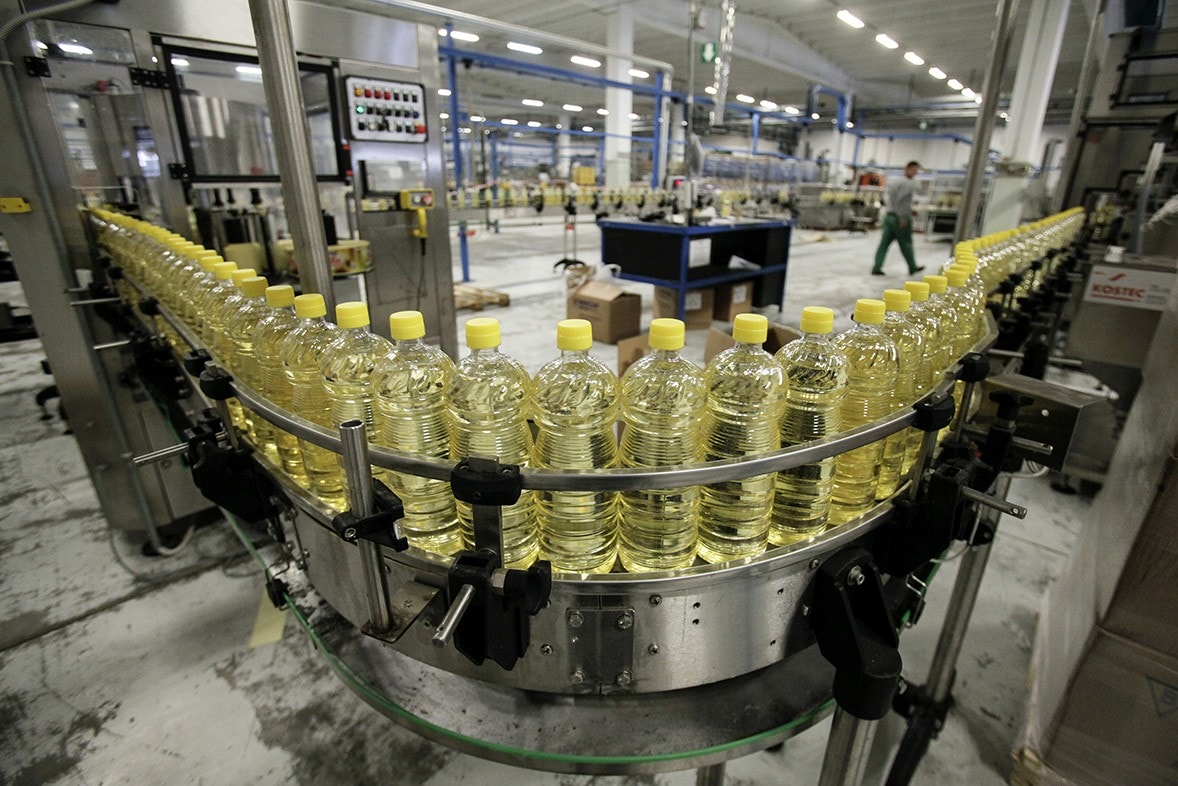
Maintenance Best Practices for Long-Term Accuracy
Proper maintenance not only extends the life of your weighing filling machine but also ensures consistent accuracy.
1. Daily Maintenance
Clean Spouts and Nozzles – Oil residue can affect flow rate and filling precision.
Check for Leaks – Prevent dripping oil from skewing the weight measurement.
Wipe Load Cells – Keep sensors free of dust and oil.
2. Weekly Maintenance
Inspect Conveyor Belts – Misalignment can cause bottles to shift during weighing.
Check Electrical Connections – Loose wiring can cause intermittent reading errors.
Lubricate Moving Parts – Use manufacturer-recommended lubricants.
3. Monthly Maintenance
Deep Clean the Machine – Use food-grade cleaning solutions for edible oil machines.
Inspect Load Cells for Damage – Replace if physically dented or corroded.
Run a Full Calibration Check – Even if daily adjustments seem fine, periodic full checks are critical.
Troubleshooting Common Calibration and Maintenance Issues
Issue | Possible Cause | Solution |
Inconsistent readings | Loose load cell connection | Tighten all electrical and mechanical connections |
Drifting zero weight | Temperature fluctuations | Allow warm-up time before operation |
Overfilling/Underfilling | Incorrect calibration | Re-calibrate with certified weights |
Oil residue affecting readings | Build-up on weighing platform | Clean platform daily |
Extra Tip: Always keep spare load cells and sensors in stock for quick replacements to avoid downtime.
Safety Considerations
Power Off During Maintenance – Avoid electrical hazards.
Wear Gloves – Oils can cause slippery surfaces; ensure a firm grip on tools.
Follow Manufacturer Guidelines – Each machine may have unique calibration and cleaning steps.
Conclusion
Accurate oil filling is essential for both profitability and product quality. By understanding the calibration process, performing regular maintenance, and addressing issues promptly, manufacturers can ensure their weighing filling machines consistently deliver the right quantity.
Investing the time to calibrate and maintain your machine properly not only improves accuracy but also reduces waste, ensures compliance, and boosts customer trust. For businesses looking to maximize efficiency and reliability in oil filling, King Machine offers advanced weighing filling solutions backed by expert technical support and maintenance services.


